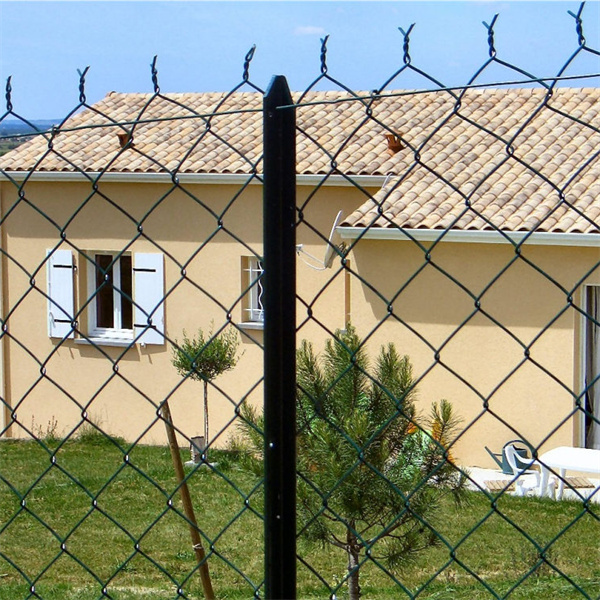Aug . 04, 2024 03:01 Back to list
Durable and Aesthetic Curved Gabion Walls for Enhanced Landscape Design and Functionality
The Beauty and Benefits of High-Quality Gabion Curved Walls
In recent years, the trend of integrating natural elements into architectural designs has gained significant traction. Among the various innovative construction methods, high-quality gabion curved walls stand out for their versatility, aesthetic appeal, and environmental benefits. These walls, composed of wire mesh cages filled with stones or other materials, provide a sustainable solution for landscaping and structural needs.
Aesthetic Versatility
One of the most striking features of gabion curved walls is their aesthetic adaptability. Unlike traditional retaining walls that often adhere to rigid, straight lines, gabion walls afford designers the freedom to create soft, flowing curves. This flexibility allows for a more organic integration into the landscape, harmonizing with the surrounding environment. The natural stones used in the gabions lend texture and color, contributing to a visually appealing design that can enhance both residential and commercial properties.
Moreover, the wide range of materials that can be used to fill gabions—from river rocks and crushed stone to recycled concrete—offers endless possibilities for customization. This means that architects and landscape designers can tailor the appearance of gabion curved walls to align with their vision, whether aiming for a rustic look or a more contemporary finish.
Structural Integrity and Durability
High-quality gabion walls are not only beautiful but also exceptionally durable. The steel wire used to construct the cages is coated to resist rust and corrosion, ensuring the longevity of the structure. When properly designed and installed, gabion walls can withstand significant loads and provide excellent support, making them ideal for applications such as retaining walls, garden borders, and sound barriers.
high quality gabion curved wall

In addition to their strength, gabion walls are highly resilient against harsh weather conditions. Their permeable nature allows water to flow through, reducing hydrostatic pressure behind the wall and minimizing the risk of damage during heavy rains. This feature is particularly advantageous in regions prone to flooding or erosion, as gabion walls can help stabilize the soil and prevent land degradation.
Environmental Benefits
The use of high-quality gabion curved walls contributes positively to environmental sustainability. By using natural stones and local materials, these walls have a significantly lower carbon footprint compared to concrete alternatives. Furthermore, gabion structures can enhance biodiversity by providing habitats for various species, including plants and small animals, particularly in rural or semi-urban settings.
Gabions also play a crucial role in promoting eco-friendly drainage systems. Their permeability helps manage stormwater runoff, reducing the risk of flooding and allowing groundwater recharge. As cities grapple with the impacts of increased impervious surfaces, incorporating gabion walls can be a step toward more sustainable urban planning.
Conclusion
High-quality gabion curved walls are not just structures; they are an intersection of utility and artistry that brings numerous advantages to modern architecture and landscaping. Their aesthetic appeal adds beauty to any project, while their durability ensures a long-lasting solution for various applications. Additionally, the environmental benefits they provide make them an excellent choice for anyone looking to implement sustainable practices in construction.
As more designers and architects recognize the advantages of gabion walls, it is clear that they will continue to grow in popularity. Embracing such innovative materials not only enhances the visual landscape but also contributes to a healthier environment—a win-win for both professionals and the planet.
-
Wire Mesh Thickness Impact on Gabion Wall Load Bearing
NewsAug.12,2025
-
Ultimate Guide to Hexagonal Gabion Box
NewsAug.12,2025
-
Types of Rocks for Gabion Baskets Durability and Aesthetics
NewsAug.12,2025
-
Standard Gabion Box Sizes and Their Industrial Applications
NewsAug.12,2025
-
Easy Guide to Building Garden Gabion Cages at Home
NewsAug.12,2025
-
Drainage Solutions for Gabion Mesh Structures
NewsAug.12,2025
-
Visualizing Gabion 3D Integration in Urban Landscapes with Rendering
NewsJul.23,2025






